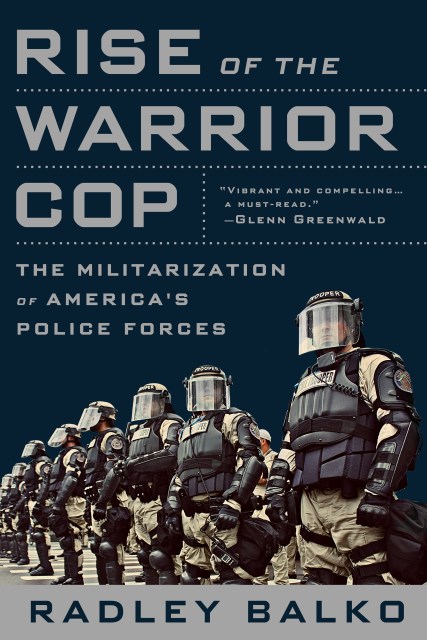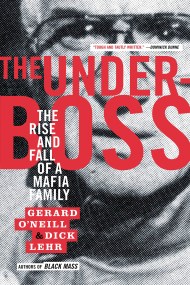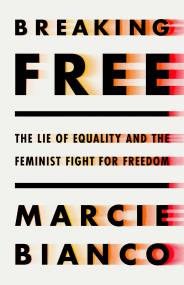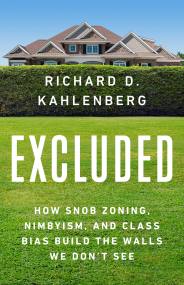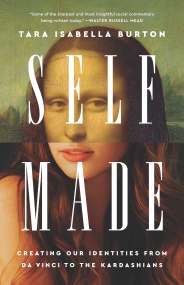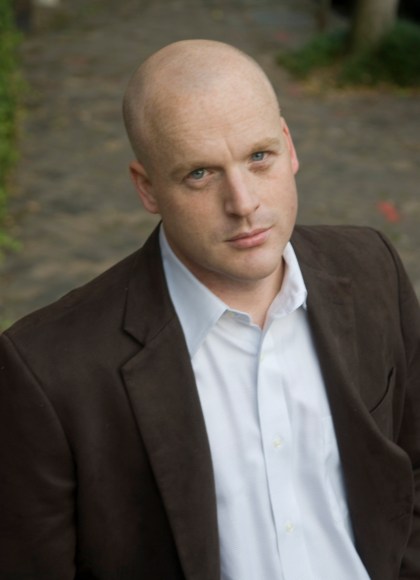Promotion
Use code MOM24 for 20% off site wide + free shipping over $45
Rise of the Warrior Cop
The Militarization of America's Police Forces
Contributors
By Radley Balko
Formats and Prices
Price
$9.99Price
$11.99 CADFormat
Format:
- ebook $9.99 $11.99 CAD
- ebook $12.99 $15.99 CAD
- Audiobook Download (Unabridged) $38.99
- Trade Paperback $19.99 $24.99 CAD
This item is a preorder. Your payment method will be charged immediately, and the product is expected to ship on or around July 9, 2013. This date is subject to change due to shipping delays beyond our control.
Also available from:
The last days of colonialism taught America’s revolutionaries that soldiers in the streets bring conflict and tyranny. As a result, our country has generally worked to keep the military out of law enforcement. But according to investigative reporter Radley Balko, over the last several decades, America’s cops have increasingly come to resemble ground troops. The consequences have been dire: the home is no longer a place of sanctuary, the Fourth Amendment has been gutted, and police today have been conditioned to see the citizens they serve as an other-an enemy.
Today’s armored-up policemen are a far cry from the constables of early America. The unrest of the 1960s brought about the invention of the SWAT unit-which in turn led to the debut of military tactics in the ranks of police officers. Nixon’s War on Drugs, Reagan’s War on Poverty, Clinton’s COPS program, the post-9/11 security state under Bush, Obama: by degrees, each of these innovations empowered police forces, always at the expense of civil liberties. And under Trump, these powers were expanded in terrifying new ways, as evidenced by the tanks and overwhelming force that met the Black Lives Matter protesters in 2020.
In Rise of the Warrior Cop, Balko shows how politicians’ ill-considered policies and relentless declarations of war against vague enemies like crime, drugs, and terror have blurred the distinction between cop and soldier. His fascinating, frightening narrative shows how over a generation, a creeping battlefield mentality has isolated and alienated American police officers and put them on a collision course with the values of a free society.
Genre:
- On Sale
- Jul 9, 2013
- Page Count
- 400 pages
- Publisher
- PublicAffairs
- ISBN-13
- 9781610392129
Newsletter Signup
By clicking ‘Sign Up,’ I acknowledge that I have read and agree to Hachette Book Group’s Privacy Policy and Terms of Use
